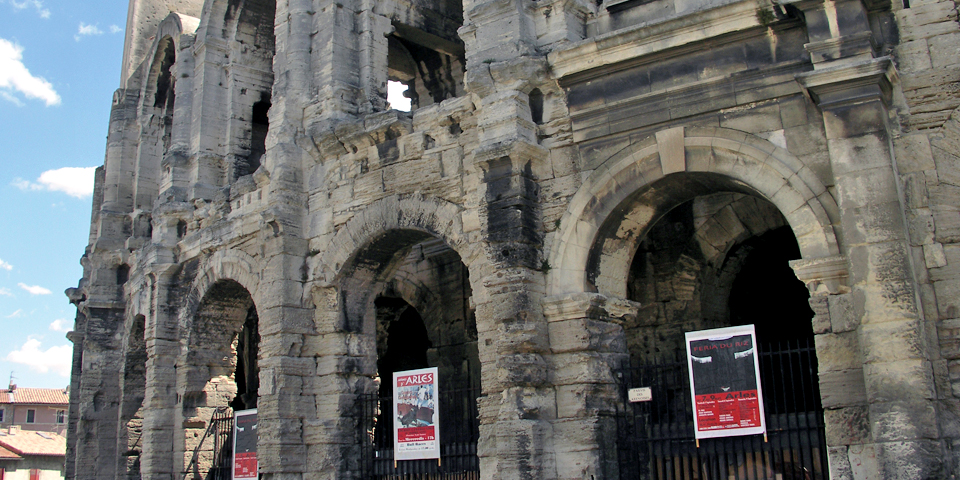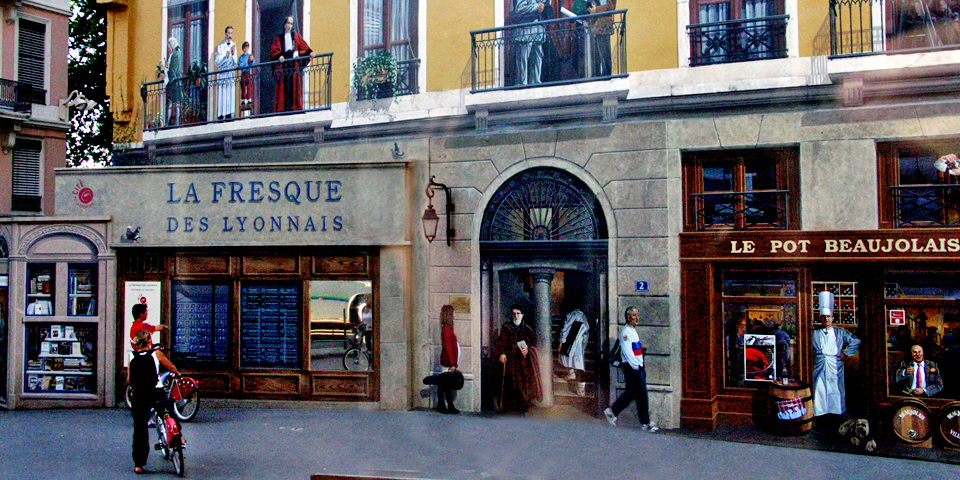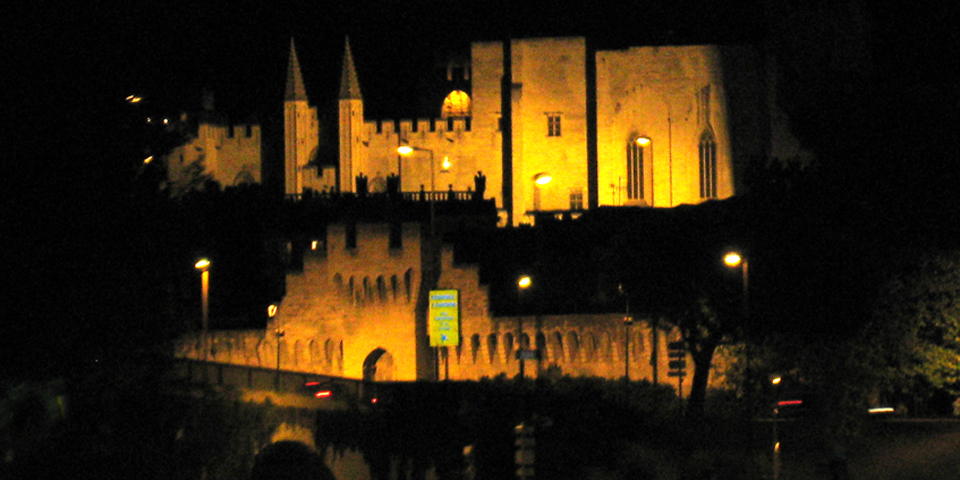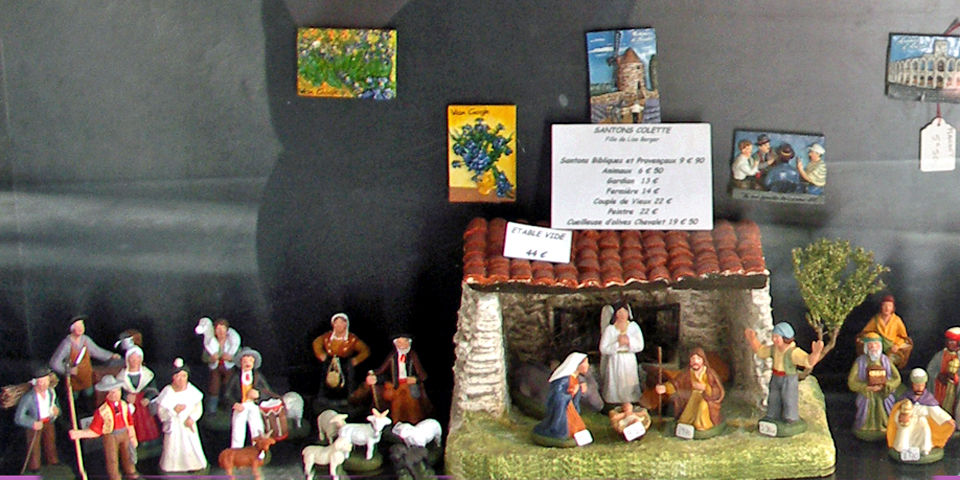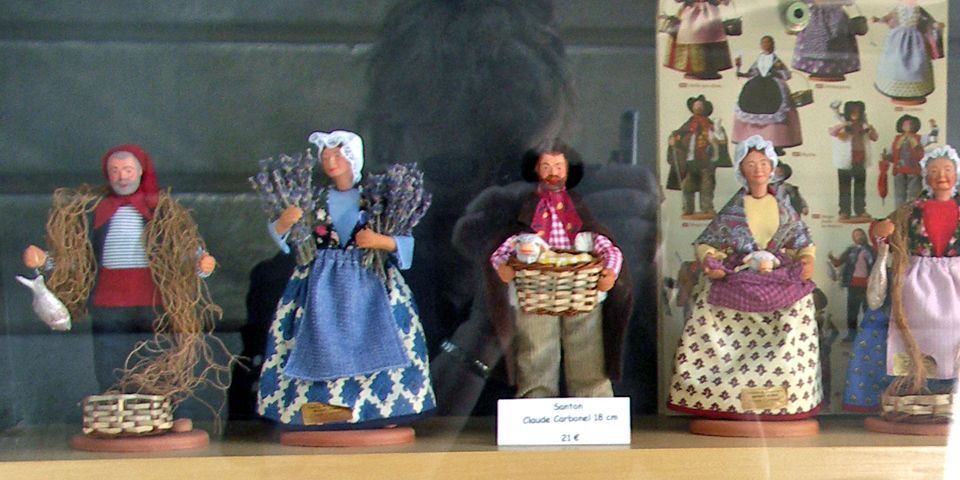Along France’s rivers: A taste of Burgundy and Provence
Jaboulet Vineyard, Tain l’Hermitage, France. The Jaboulet family has been producing wine in this region for over 200 years.
The Rhône flows past the red roofed houses of southern France, meeting the Saône, its largest tributary, in the culinary capital of Lyon. A river cruise through this region is a journey through a fertile sun-kissed countryside scented by lavender and thyme and adorned with fields of sunflowers, vineyards, farms, orchards, and olive groves. It is an opportunity to visit historic cities and idyllic villages that have attracted and inspired artists through the ages.
The pace is slower in this heavenly place. Simple pleasures of country life and divine delights like renowned traditional winemaking and legendary cuisine define the proverbial “living like God in France”.
Arles amphitheater where gladiators fought before 22,000 spectators, and now the site of Provençal-style bullfights
The south of France was spared the north’s ravages in the World Wars. Temples, triumphal arches, arenas, theaters, aqueducts, and public baths of the Roman Empire stand with palaces and cathedrals from the age when this was a cradle of monastic power and center of Christianity.
The Romans are credited with bringing wine production to the area. The vineyards of southern France are known for their terroir, a blend of earth, climate and cultivation that creates a unique vintage. Just as each region has its distinctive cuisine, each village has its own wine, named not for the grape from which it is made, but for its place of origin, and graded for quality.
Along with some of the world’s finest wines, this area produces the renowned and tender Charolais and Limousin beef and milk and maize-fed Bresse chicken, considered finest in the world. Wine, garlic, olive oil, cream, cheeses, Dijon mustards, tomatoes, and an aromatic blend known as herbes de Provence are among the local bounty used to create culinary masterpieces.
A Viking River cruise in Burgundy & Provence: Chalon-sur-Saône to Avignon
There is a convenient motorcoach transfer for those who cruise Normandy in the Viking Seine and continue on to the Viking Burgundy in Chalon-sur-Saône. The connection includes free time for lunch in historic Dijon, capital of Burgundy. Renowned for its mustard, it is also known for other gastronomic delights– blackberry liquor, snails, gingerbread, chocolates, and colorful sunflowers grown for seeds and oil. Rub the little owl carving, la chouette, on Notre Dame with your left hand for good luck, and see the Capetian Palace of the Dukes of Burgundy.
Chalon-sur-Saône
Chalon-sur-Saône, with timber-framed houses and a 15th century town hall, is a manufacturing town at the convergence of the Rhône and Saône. Visitors were drawn from throughout Europe to its medieval pelt fairs, and it was a logistics base used by Julius Caesar during the Gallic Wars. The Nicéphore Niepce Museum, a short riverside stroll from the Viking Burgundy, is dedicated to this local inventor who held patents signed by Napoleon, partnered with Daguerre, and went on with his brother Claude to invent photography.
Beaune
The first excursion is to a tasting in a wine cellar in the small town of Beaune, center of the Burgundy wine industry. There is ample time to explore the market square area, a treasure trove of architecture and little shops. Merchants’ homes and aristocrat’s palaces remain from the 14th and 15th centuries when this was the seat of the Dukes of Burgundy.
Hôtel Dieu, Beaune, a hospice built to treat the famine and disease brought by the Hundred Year’s War. Beds were once shared without regard to gender.
A Beaune highlight is the tour of the well-preserved gem of the Middle Ages, Hôtel-Dieu, a Gothic hospice built by Chancellor of the Duke of Burgundy Nicholas Rolin and his wife to treat the famine and disease brought by the Hundred Year’s War. Grander than the Flanders hospitals used as models, it was built with a multicolored geometric pattern tile roof that came to typify this region. It is supported by an income from vineyards and salt mines and has been tended by the Sisters of the Hospices of Beaune. The tour includes the chapel, kitchen, nun’s quarters, and Great Chamber of the Poor, where beds were shared without regard to gender. The annual wine auction is billed as world’s greatest charity sale.
Lyon
Midway between northern and southern Europe, the 2000 year old city of Lyon prospered as a center of trade, textiles, and cultural exchanges. Cobblestone streets of Vieux (Old) Lyon lead to some of the 300 remaining Renaissance traboules used by silk weavers as passageways through buildings when carrying their looms from one street to the next. This UNESCO World Heritage Site was a center of the French Resistance in World War 2. The maze of traboules provided escape routes both then and in the French Revolution.
The peninsula between the two rivers is lively shopping and business district with one of Europe’s longest pedestrian streets. This university town is home to the Musée des Beaux-Arts, second largest museum in France, and is one of the finest excavation sites in France. A Roman theater and odeum are still in use.
See how many famous faces you can identify on Lyon’s realistic building murals. Visit “the upside down elephant”, the Basilica of Fourvière, nicknamed for the hilltop silhouette of its four massive octagonal towers. The adjacent terrace offers magnificent views of the city.
Catch the aroma of delights like saucisson de Lyon, a thick pork sausage cooked with potatoes and sauerkraut, in this gastronomic capital.
Vienne
A walking tour past historic architecture tells the story of Vienne, founded under Pontius Pilate. The Temple of Augustus and Livia, amphitheater, theater, and odeum are reminders of its Roman past. Inhabited by Constantine and Emperor Julian after the fall of the Roman Empire, it later became a town of archbishops, with five monasteries, churches, chapels, and convents.
Tournon and Tain L’Hermitage
Tain L’Hermitage is named for the hermit who settled here after the Crusades and planted vines, a tradition continued by other hermits. A visit to Musée de Tain L’Hermitage showcases the oldest house in the region. Our tour took us along country roads past orchards and vineyards to Châteauneuf-sur-Isère, where we visited a family winery to sample and learn about their vintages.
Viviers
This was the first region in France to be converted to Christianity. Viviers, like many other towns in the region, was a fortified Roman settlement that became a bishop’s seat. An evening stroll along narrow winding streets lined with buildings from the Middle Ages led to the ecclesiastical area, population fifty-three, including twenty-two nuns and a priest. The terrace by the 12th century St. Vincent Cathedral overlooks river valley and the lower town, the profane, where the rest of the 3400 residents live.
Arles
An obelisk still standing in the center of town was a turning point for chariot races in the Golden Age of Arles. Gladiators fought before 22,000 spectators in the three-tiered amphitheater, now the site of bullfights. Excavations at the Roman Theater, built in the late first century BC to hold 10,000 spectators, have produced such art as “Venus d’Arles”, now at the Louvre. This important Roman naval port became a center of early Christianity. Middle Age monuments and stately 17th and 18th century homes remain as evidence of the area’s prosperity.
After an orientation walking tour sip a café au lait in the very spot depicted in Van Gogh’s painting The Café Terrace on the Place du Forum. It was in Arles that Impressionist Van Gogh became a prolific pioneer of Expressionism, using the bright colors and movement that characterize many of his best known paintings. He cut off part of his left his ear lobe when his friendship with Paul Gaugin deteriorated and was hospitalized here and then at an asylum in St. Remy.
An optional excursion is offered past vineyards and olive groves to St. Rémy, also the birthplace of Nostradamus. While Van Gogh was hospitalized here he created over 150 paintings, including Starry Night and The Irises. The tour includes the rocky Les Baux, a prosperous medieval town of 3,000 residents, built into the soft stone, bauxite, which took its name.
Avignon
The Viking Burgundy sails into to Avignon with singing and dancing to Sur le Pont d’Avignon (On the Bridge of Avignon) on the sundeck. St. Bénézet bridge, largely destroyed by floods and wars, is named for the shepherd guided by heavenly voices to build it, and the dancing described in the popular childhood tune was actually in taverns beneath (sous) the bridge.
With Rome’s political instability, tensions between Popes, Emperors, and Kings, and the kidnapping of Pope Boniface VIII, French born Pope Clement V relocated to Avignon. Seven Popes remained here between 1309 and 1377 in what is referred to as the Babylonian Captivity of the Papacy.
The area remained part of the Papal States until the French Revolution. The Popes and their courts — servants, merchants, businessmen, and cardinals with their own courts — made this the prosperous center of Christianity.
A fortress surrounded by a three-mile-long turreted wall was built high above the Rhône to protect their worldly goods, dominating the city and growing into a 50,000 square foot palace fit for a king. Most of the grand furnishings returned to Rome with the pope, and the remains were lost in the French Revolution.
Pope Gregory XI returned the papacy to Rome in 1377, and efforts to keep it there led to the political division known as the Great Schism of the West (1378-1417). Rome’s Pope and two anti-Popes, one in Avignon and the other in Pisa, vied for power and position, excommunicating one another and dividing the Church.
A large gold Madonna figure tops the Cathedral Notre-Dame-des-Doms, adjacent to the Papal Palace. Avignon has picturesque pedestrian areas, meandering medieval streets, shops surrounding the Place de l’Horloge, and a colorful carousel area. Streets overflow with visitors and performers from around the world during the summertime Festival of Theater, Dance, & Music, the largest in France.
An optional tour is offered to sample renowned Côtes du Rhône wines in Châteaneuf-du-Pape. Although only ruins remain of the castles of the two popes who lived here, the papal vineyards continue to flourish.
Souvenirs
For a tangible reminder of the good life, sensory delights abound to suit the most discriminating connoisseur. There is wine, of course, as well as nougat of Montelimar, fine Valrhona chocolate, specialty mustards, fragrant handmade soap, olive oil, durable earthenware of mineral-rich Burgundy clay, and fabrics or linens in the distinctive bright colors associated with the region.
A French home, regardless of religion, is not complete without a crèche of hand crafted santons. Choose your favorite villager—the baker, postman, miller, blind man—and create your own scene.
C’est la vie!
With river cruising, the details of travel are taken care of, and nearly everything is included in the fare. Orientation tours are followed by free time to do as you please. The onboard menu provides the opportunity to savor the region’s specialties and cooking demonstrations are opportunities to learn to create some of your favorites. Sample local wine and cheese as you glide to your next port.
Your time and energy is spent not in getting there but in creating the best souvenirs of all — memories of faraway sights and experiences, a better understanding of people and places past and present, and newfound friends.
Here are a few tips for enjoying your wine like a connoisseur.
Hold the wine glass by the stem to keep the wine at proper temperature
Examine the color.
Sniff. This is known as the “first nose”.
Swirl to release aromas
Sniff again. This is the “second nose”.
Sip and swish the wine around the mouth.
Exhale through nose to retain the finish or bouquet.
.


